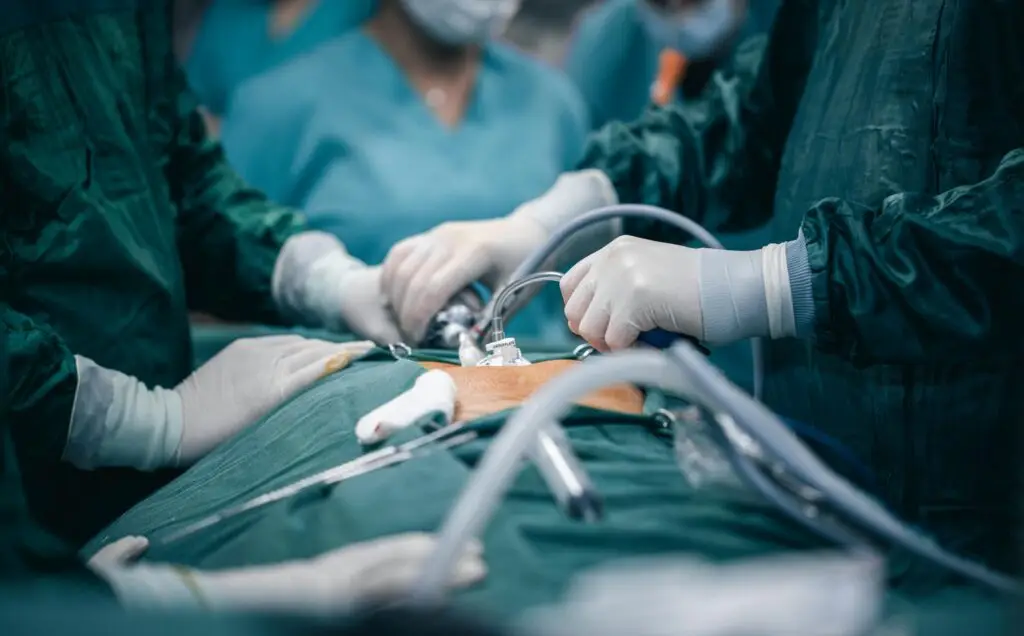Colonic diverticulitis is a significant complication of colonic diverticulosis and a key aspect of diverticular disease. While diverticulosis is often asymptomatic, diverticulitis can be life-threatening, making accurate diagnosis and management essential.
Overview
Diverticulitis occurs when small pouches (diverticula) in the colon become inflamed or infected. It most commonly affects the sigmoid colon due to its narrow caliber and high intraluminal pressure. Imaging plays a crucial role in distinguishing uncomplicated cases from those with severe complications.
Epidemiology
Diverticulitis primarily affects older adults, as it is a complication of diverticulosis, which becomes more common with age. Approximately 4% of individuals with diverticulosis develop diverticulitis.
Clinical Presentation
Patients typically experience:
- Persistent pain in the left lower abdomen.
- Fever, elevated white blood cell count, and changes in bowel habits.
- A palpable mass may indicate an inflammatory phlegmon.
Clinical evaluation alone is often insufficient for diagnosis, necessitating imaging to confirm inflammation and rule out other conditions.
Pathology
Diverticulitis results from the obstruction of a diverticulum’s neck, leading to inflammation, perforation, and infection. Contributing factors include:
- Abnormal bowel wall structure.
- Increased intraluminal pressure.
- Low dietary fiber intake.
Without treatment, localized inflammation can progress to abscess formation or generalized peritonitis.
Diagnostic Imaging
- CT Scan
- The gold standard for diagnosing diverticulitis, with 94% sensitivity and 99% specificity.
- Key findings:
- Fat stranding around the colon.
- Segmental bowel wall thickening.
- Hyperenhancement of the diverticular wall.
- Abscess formation or perforation in advanced cases.
- Ultrasound
- Useful for initial assessment, especially in uncomplicated cases.
- Findings include:
- Bright outpouchings (diverticula) with acoustic shadowing.
- Thickened bowel walls (>4 mm).
- Inflamed surrounding fat.
Treatment and Prognosis
Treatment depends on the disease stage and patient factors:
- Uncomplicated Cases (Stage I-II):
- Managed conservatively with IV antibiotics and hydration.
- Most patients recover without surgery, though some may experience recurrent episodes.
- Complicated Cases (Stage III-IV):
- Large abscesses may require percutaneous drainage.
- Emergency surgery is necessary for perforation or peritonitis.
Surgical options include:
- Elective Surgery: Segmental colectomy with primary anastomosis.
- Emergent Surgery: Hartmann’s procedure (colostomy with rectal stump closure) in unstable patients.
Complications
If untreated, diverticulitis can lead to:
- Abscess formation (pericolic or distant).
- Fistulas (e.g., colovesical, colovaginal).
- Bowel obstruction or perforation.
- Portal venous pylephlebitis or secondary abscesses (e.g., liver, tubo-ovarian).
Differential Diagnosis
Imaging helps differentiate diverticulitis from:
- Colorectal cancer (less inflammatory changes).
- Acute appendicitis (right-sided pain in younger patients).
- Epiploic appendagitis or ischemic colitis.
- Inflammatory bowel disease (more pronounced bowel wall thickening).
Key Takeaways
- Early diagnosis through imaging is critical for effective management.
- Uncomplicated cases often resolve with medical treatment, while complicated cases may require surgery.
- Long-term follow-up, including colonoscopy, is essential to rule out underlying malignancy.

